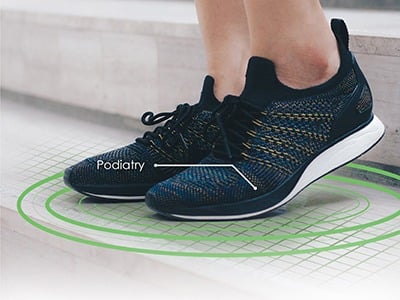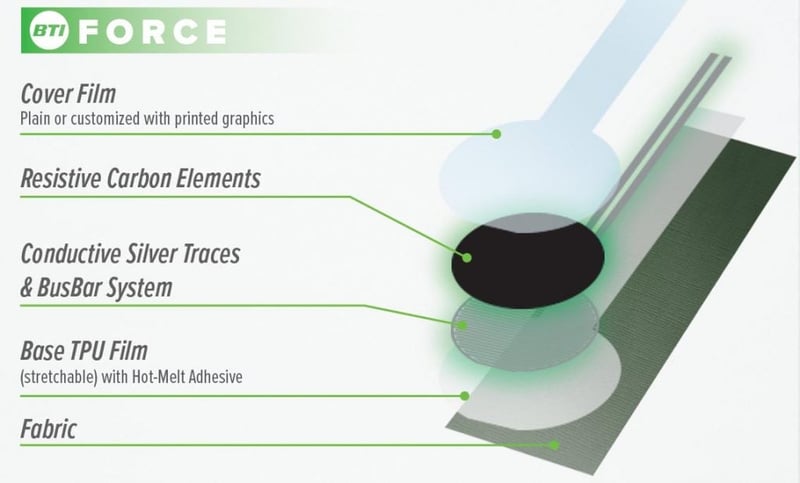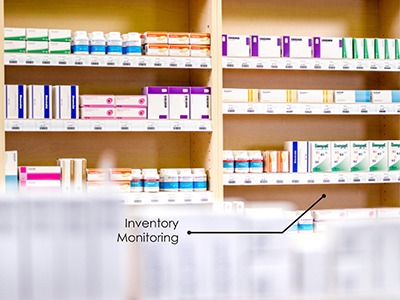FSR Technology Explained:
Force Sensing Resistors have far more applications than typically thought of in the past. Dating back to 1977 when they were first invented by Frank Eventoff, FSR’s were created with the sole purpose of making electronic musical instruments more expressive. However, it wasn’t long after that they began to pick up the momentum and wide variety of applications we see today. Healthcare Force Sensing Resistors is one field that is continuing to pick up steam.
FSRs are variable resistors, meaning they vary in resistance as pressure is applied and released. They have several thin, flexible layers, typically consisting of the Fabric, Base Film, Conductive Silver Traces, BusBar System, Resistive Carbon Elements, and the Cover Film. There are also 2 basic configurations of FSRs: Shunt Mode and Thru Mode. You can learn more about the difference between them here.
Healthcare Force Sensing Resistors Applications:
FSRs are commonly used in several different industries and are quickly gaining traction in healthcare. Stay tuned to learn more about the unique applications of Healthcare Force Sensing Resistors.
1. Bed Occupancy:
Force Sensing Resistors are designed to measure force. Even high amounts of weight such as bed occupancy. Monitoring patients whereabouts in a hospital setting is a tedious, but important task. Imagine for a second that instead of checking in on patients frequently, you could simply monitor them from a device. FSR sensors could be synced to a smart device or app that informs you when force levels have changed. This means if a patient were to get up from their bed, you’d be immediately informed.
It also could help with monitoring bedroom occupancy in a hospital or tracking how many bedrooms are currently occupied vs. unoccupied.
A matrix FSR can also help with bedsore prevention. A series of FSRs laid across a hospital can determine if a patient is laying on one side or the other for long periods of time. This can alert a nurse that the patient needs to move or be adjusted to prevent sores.
2. Fluid Detection:
Whether it be infusion pumps, IV fluids, or any other form of fluid medication, monitoring fluid levels is extremely important in the hospital setting. FSR sensors can help to make fluid detection a simple task. They can alert nurses or other medical professionals when fluid levels are running low so they have a fair warning to replenish them.
 3. Podiatry:
3. Podiatry:
Force sensing resistors are most commonly used in the podiatry field today. They’re frequently incorporated into shoes and insoles to measure pressure. They help doctors to track where pressure is being applied, and whether it’s being applied evenly. It can even help podiatrists to diagnose patients with any abnormalities in the way they walk. If the pressure is being unevenly applied, patients can be made aware and physicians can make the proper adjustments.
4. Inventory Monitoring:
Monitoring inventory is also extremely important within the healthcare setting. This can be in terms of medical devices, medications, etc. By adding force sensors onto shelves, inventory monitoring can be easier than ever. As pressure levels go down, you can be alerted when inventory is running low so you’re able to order it prior to running out.
Measuring force isn’t just in large increments. It can also be measured in lighter amounts, such as inventory monitoring for medications. You can monitor the medication’s inventory on a patient by patient status. This would help to ensure that patients are taking the appropriate number of pills each day. Monitoring medications at these micro levels also aids in theft prevention. It can alert hospital staff if inventory is being depleted without prescription.
Force sensing resistors can also measure the force in larger quantities such as monitoring the inventory of medications or medical devices within an entire hospital.
Conclusion:
Force Sensing Resistors are simple to design and practical. By implementing FSRs into the hospital setting, it could alleviate many of the common stresses and obstacles staff are faced with daily.
If you’re interested in getting your next project started, or would like to learn more about FSR technology, reach out to Butler Technologies team member. We would be happy to help you!
 Meet the Author: Jaclyn King
Meet the Author: Jaclyn King
Jaclyn is a Digital Marketing Specialist on the BTI Team. She serves as the Content Manager, where she primarily manages social media channels, SEO, Public Relations, and website development. To get to know more about Jaclyn, check her out on LinkedIn!


